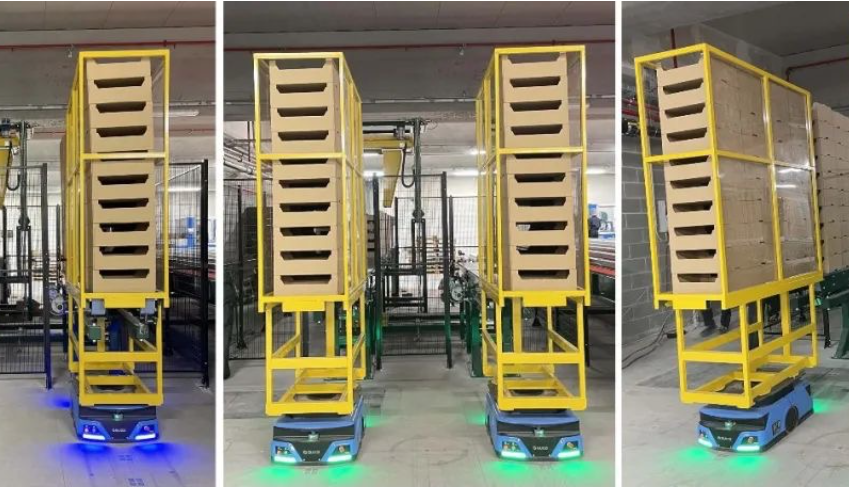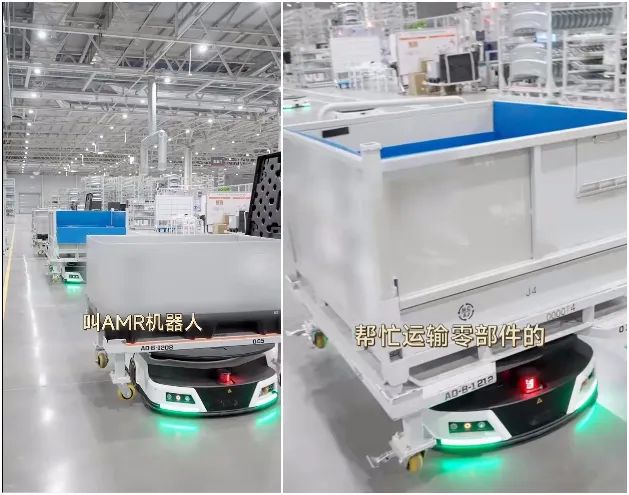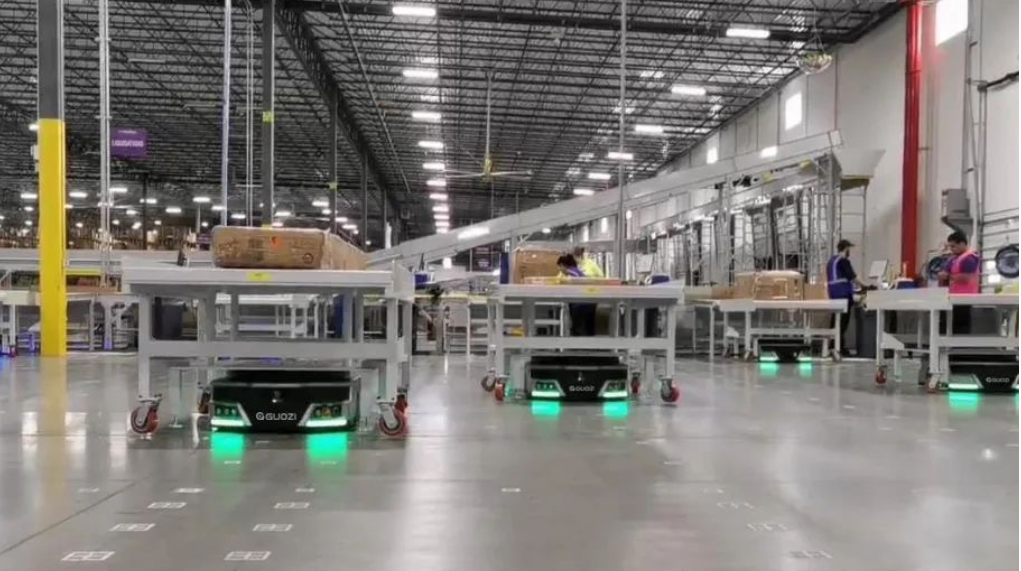With the rapid development of science and technology, the robotics industry has achieved remarkable results in various fields. Especially in the food industry, the application of robots is gradually changing the traditional production methods, bringing unprecedented changes to the industry. This paper will focus on an ant robot for the food industry, discussing its application in food production, processing, packaging and other aspects and its impact on the industry.
Overview
Ant Robot (Ant Robot) is a kind of small-sized, powerful intelligent robot, whose design is inspired by ants in nature. Ant Robot has the following features:
1. Powerful load capacity: Ant Robot is able to carry items equivalent to several times its own weight, meeting the needs of the food industry for handling, loading and unloading.
2. Highly Intelligent: With advanced sensors, artificial intelligence technology, ant robots are able to autonomously navigate, avoid obstacles, collaborate, and realize automated operations.
3. Flexible Adaptation: Ant robots are suitable for a variety of complex environments, and can operate in narrow spaces to meet the diverse production needs of the food industry.
4. Energy-saving and environment-friendly: Adopting high-efficiency power system, Ant Robot has the advantages of low energy consumption and low noise, which is in line with the concept of green production.
Application of ant robots in the food industry
1. Production segment{{{
{{{{{{{{{{{{1. 60}}{
In the food production link, ant robots can be applied to raw material handling, feeding, mixing, fermentation and other processes. For example, in the process of flour production, ant robots can automatically feed raw materials into the milling machine to improve production efficiency; in dairy production, ant robots can complete the handling of fresh milk, filling and other tasks.
2. Processing
In food processing, ant robots can replace manual cutting, sorting, packaging and other operations. Take meat processing as an example, ant robots can accurately cut the meat according to the preset program to improve the quality of the product.
3. Packaging
In the food packaging process, ant robots can realize the functions of automatic loading, sealing, and handling. For example, the ant robot can automatically adjust the packing speed and strength according to the product specifications to ensure the packing quality.
4. Detection and monitoring
Ant robots can be equipped with various types of sensors for real-time monitoring of the production environment and product quality. For example, in the food production process, ant robots can detect temperature, humidity and other key parameters to ensure product quality.
Ant robots on the food industry's impact
1. Improvement of production efficiency: the application of ant robots reduces labor costs and improves production efficiency, which helps companies expand their production capacity.
2. Reducing production costs: Through automated operations, ant robots help companies reduce energy consumption, reduce waste generation, and lower production costs.
3. Enhance the quality of products: Ant robots work strictly according to the preset program to ensure stable product quality.
4. Promote industrial upgrading: the wide application of ant robots will promote the development of food industry in the direction of intelligence and greening.
In short, the application of ant robots in the food industry has a wide range of prospects. With the continuous progress of technology, ant robots will play a greater role in the food industry in the future, bringing new development opportunities for China's food industry.








